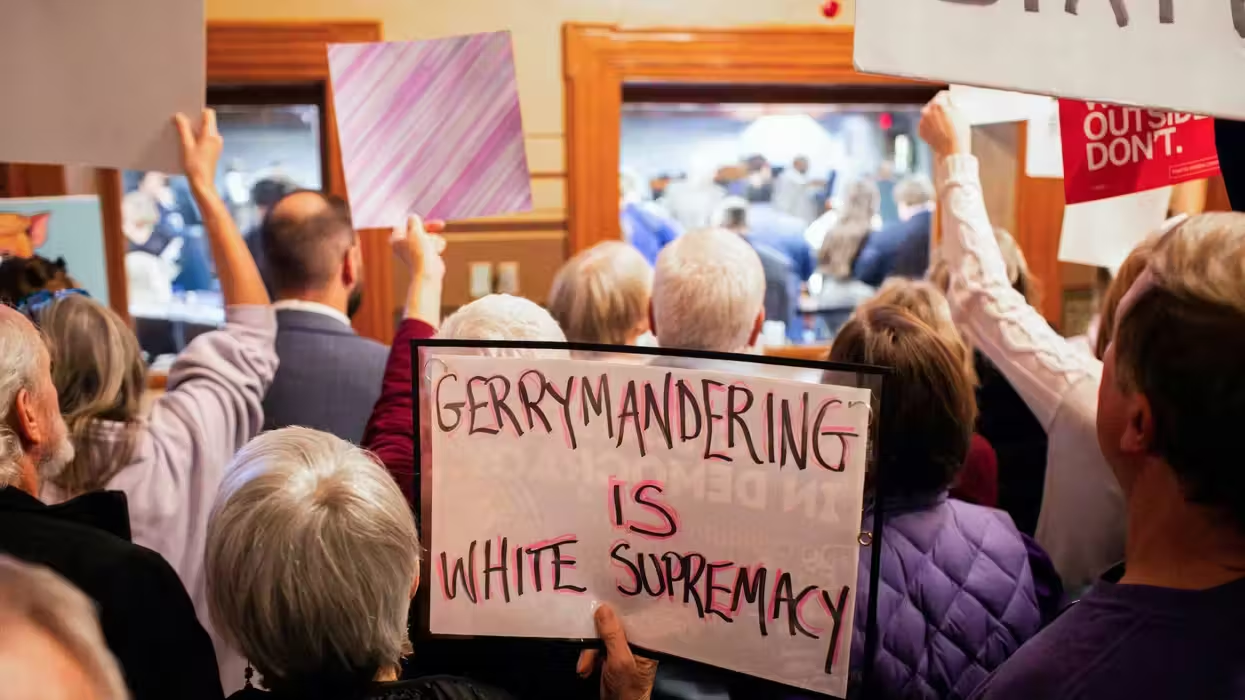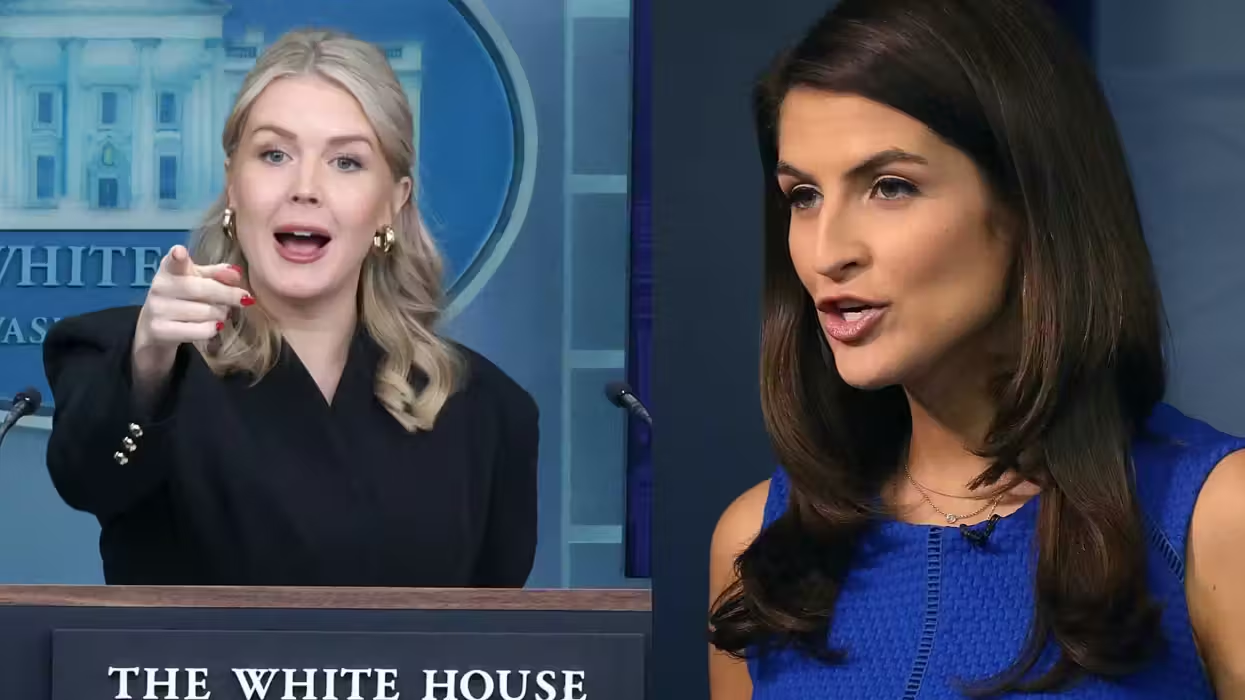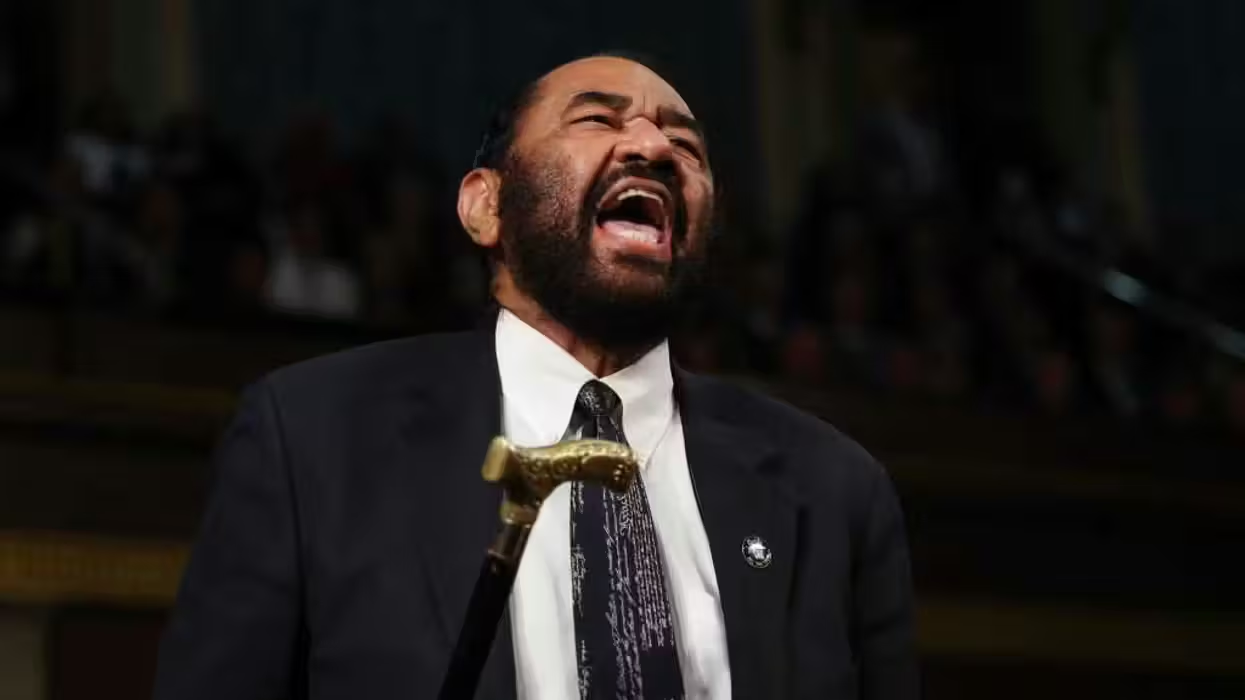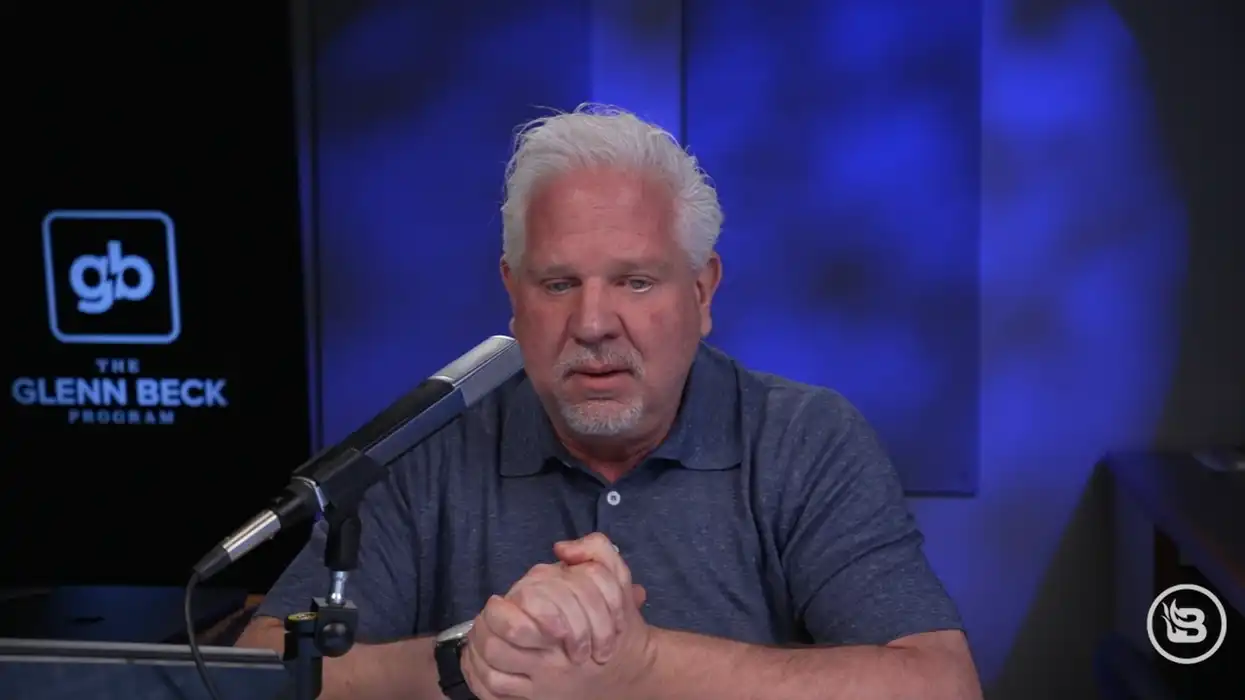President Barack Obama’s clean power plan — a sweeping set of environmental regulations facing a multi-state challenge as it works its way through the courts — could have a new powerful ally if his Supreme Court nominee is confirmed.
During his time on the D.C. Circuit Court of Appeals, Chief Judge Merrick Garland has stood with the EPA in nearly every case — a likely hint of where he might stand should be confirmed as a justice on the high court.
Garland not only ruled in favor of the EPA — and in some cases the environmental lobby — but he also typically wrote the court’s opinion. Further, he was occasionally the lone dissenter in rulings that went against the EPA or the environmental lobby.
 U.S. Court of Appeals for the D.C. Circuit Chief Judge Merrick Garland is introduced by President Barack Obama as the nominee for the Supreme Court in the Rose Garden at the White House Wednesday. (Mark Wilson/Getty Images)
U.S. Court of Appeals for the D.C. Circuit Chief Judge Merrick Garland is introduced by President Barack Obama as the nominee for the Supreme Court in the Rose Garden at the White House Wednesday. (Mark Wilson/Getty Images)
In a 2002 case, American Corn Growers Association v. EPA, the D.C. Circuit Court struck down an EPA haze rule. The ruling upheld the goal of the 1999 rule that requires states to cut emissions for returning parks to “natural visibility.” But the court determined requiring states use the best available technology to do so was overly burdensome and inconsistent with the Clean Air Act, which granted more flexibility for states.
Garland was the lone dissenter in the 2-1 ruling. His dissent argued that the Clean Air Act expressly delegates authority to the EPA to make such judgments on reducing pollution. Judges Raymond Randolph and Harry Edwards argued in the majority ruling that the haze rule would have forced businesses to “spend millions of dollars for new technology that will have no appreciable effect.”
Garland wrote the opinion in a 2003 case upholding the application of the Endangered Species Act, deciding against litigants who argued that it exceeded the bounds of the Commerce Clause of the Constitution. This was also known as the “hapless toad” case.
In 2004, Garland actually sided against the EPA. However, in this case, it was for the sake of backing the environmental lobby, in the case of Sierra Club v. EPA. The Bush administration’s EPA sought to delay the enforcement of ozone standards in the District of Columbia. In the majority opinion, Garland wrote, "EPA was not authorized to grant conditional approval to plans that did nothing more than promise to do tomorrow what the (Clean Air) Act requires today."
"President Obama nominated Merrick Garland because he knows Garland will shift the balance of the Supreme Court to the left, cementing Obama's liberal legacy for decades to come,” Natalie Gillam, spokeswoman for America Rising, a conservative research group opposing the nomination, told TheBlaze. “Garland's vote to side with the EPA's overregulation is just one of many instances where he went to bat for the liberal agenda."
SCOTUS Blog, a non-partisan legal site that focuses on the Supreme Court, also chronicled Garland’s consistent pro-environment and mostly pro-EPA record on the bench.
In 2001, Garland sided with the EPA in the case of Whitman v. American Trucking Association, in which the trucking lobby was joined by the states of Michigan, Ohio and West Virginia to challenge the agency’s National Ambient Air Quality Standard, or NAAQS. The decision was appealed to the Supreme Court, which gave a mixed ruling.
In a 1999 case, just two years into his tenure on the court, Garland sided with the EPA in a challenge to the Resource Conservation and Recovering Act, a law that established a framework for the handling of hazardous waste.
In other cases, Garland joined unanimous rulings on the court in favor of stricter environmental regulations. These included the American Farm Bureau Federation v. EPA in 2009, which accepted a challenge to the EPA’s ruling on fine particulate matter; voting in 2007 to reject an industry challenge to rules on burning hazardous waste for fuel in the case of Cement Kiln Recycling Coal v. EPA; and voting in 2005 to give environmental advocacy groups standing to challenge the authorization of a power plant in the case of National Parks Conservancy Association v. Manson.

 U.S. Court of Appeals for the D.C. Circuit Chief Judge Merrick Garland is introduced by President Barack Obama as the nominee for the Supreme Court in the Rose Garden at the White House Wednesday. (Mark Wilson/Getty Images)
U.S. Court of Appeals for the D.C. Circuit Chief Judge Merrick Garland is introduced by President Barack Obama as the nominee for the Supreme Court in the Rose Garden at the White House Wednesday. (Mark Wilson/Getty Images)






